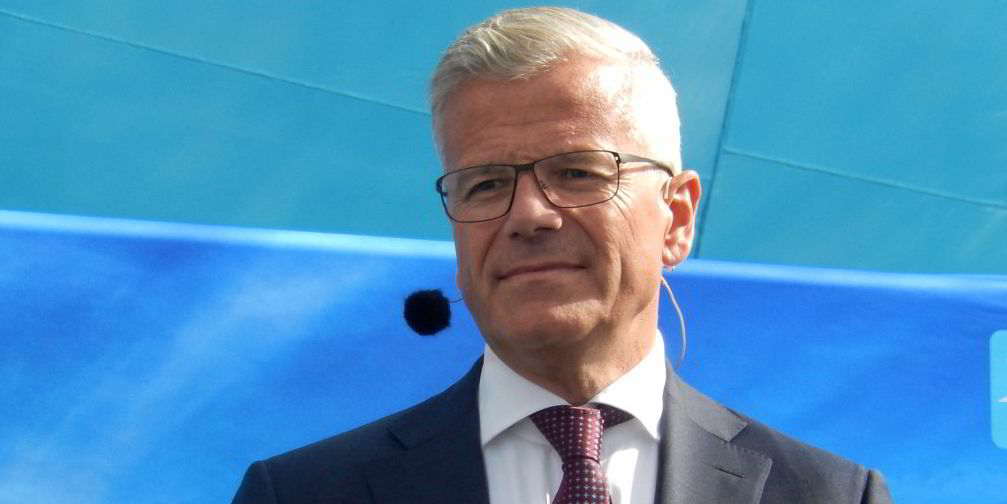AP Moller-Maersk is factoring in Red Sea disruption to last for up to a year.
But even the positive effects of longer voyages around South Africa will not save the liner sector from an influx of newbuildings putting pressure on freight rates.
Chief financial officer Patrick Jany told an earnings call there has been some boost from the Red Sea crisis in the first quarter.
The group would have expected a loss for this period without ship rerouting, but is now close to breakeven, he told the call.
Maersk is guiding for underlying Ebitda of between $1bn and $6bn this year, but a potential underlying Ebit of between a $5bn loss and breakeven.
This is due to the uncertainty over how long vessels will be rerouted.
The $5bn loss could be incurred if the situation is solved within a couple of weeks, while the more positive end of the forecasts involves disruption lasting for up to a year.
Chief executive Vincent Clerc said: “It is important to highlight that the disruption is only affecting about 36% of our volumes in our Ocean business.”
He stressed that this will not be a rates “bonanza” like that seen during the Covid pandemic.
“We see no sign of congestions or bottleneck or shifts in demand. The global supply chain remains fluid, and demand and supply steady,” he told the call.
He pointed out that excess capacity is now being employed on longer voyages and ship speeds are being increased again.
Red Sea escalation
Clerc said newbuildings will gradually phase in at 2%-3% net fleet growth per quarter.
“The situation in the Red Sea itself is still in an escalation phase, and it is therefore hard to predict whether it will last a quarter or a whole year,” he added.
“Nevertheless, and regardless of the duration, we expect that these new deliveries will eventually overwhelm the impact of the Red Sea disruptions.”
Clerc said the impact on clients has been significant already: “They are facing longer trips, additional charges and lower schedule reliability caused by having to reroute ships southwards.”




